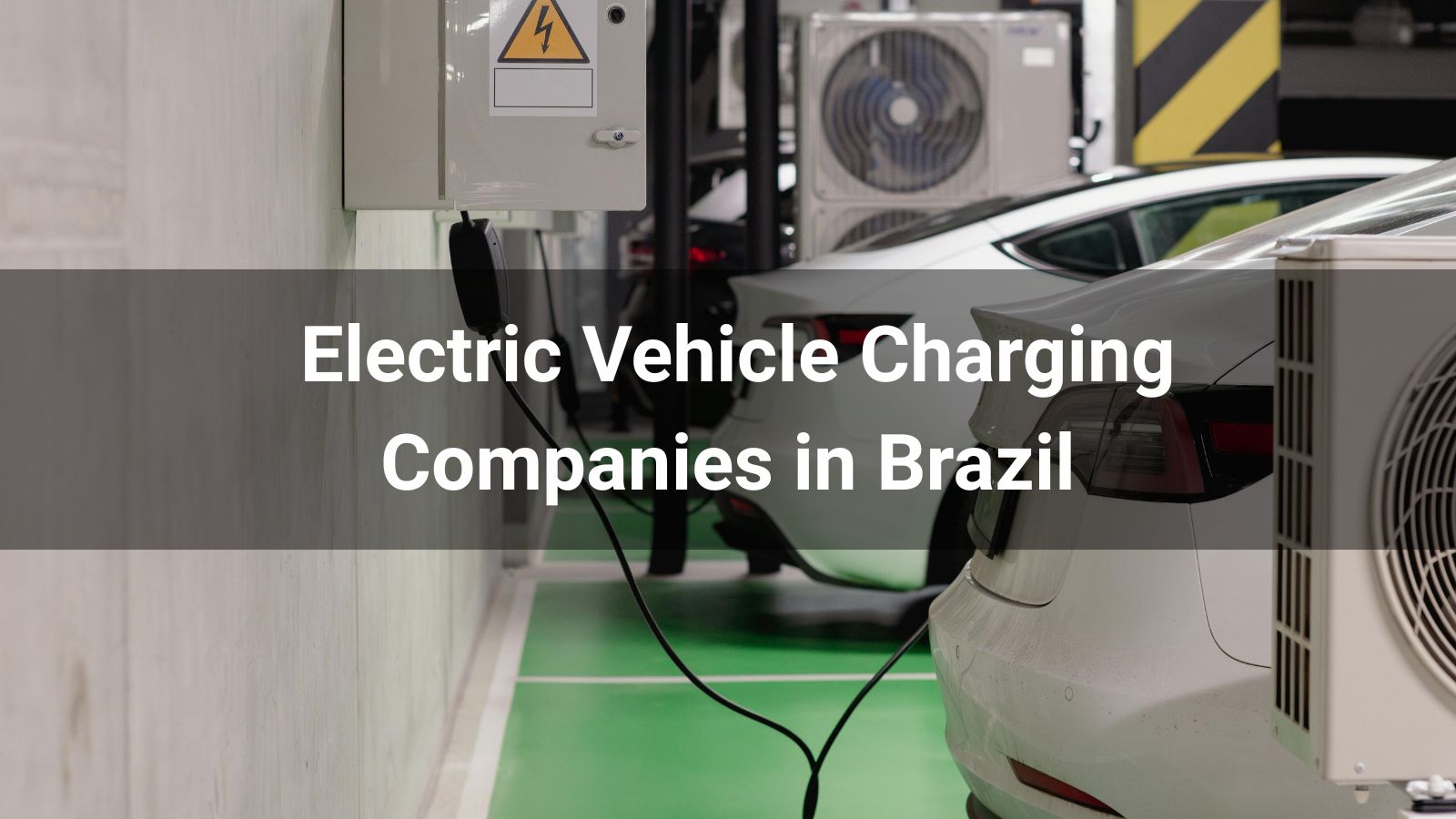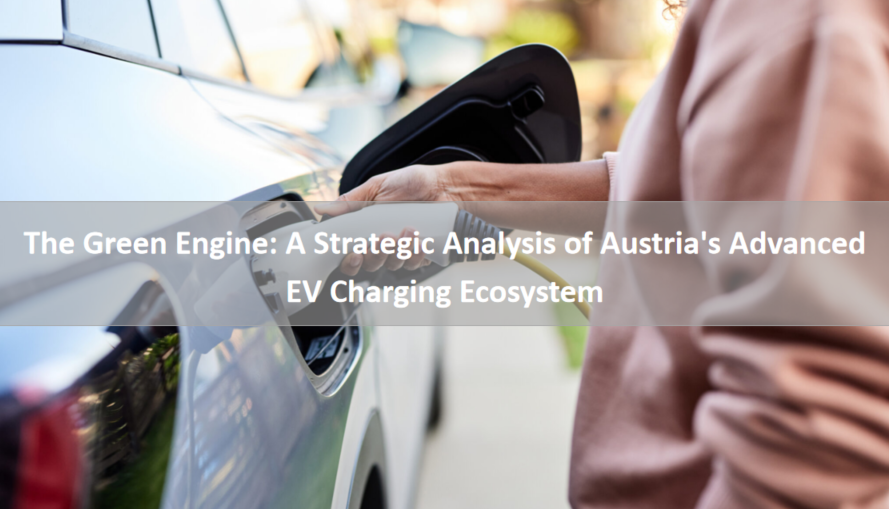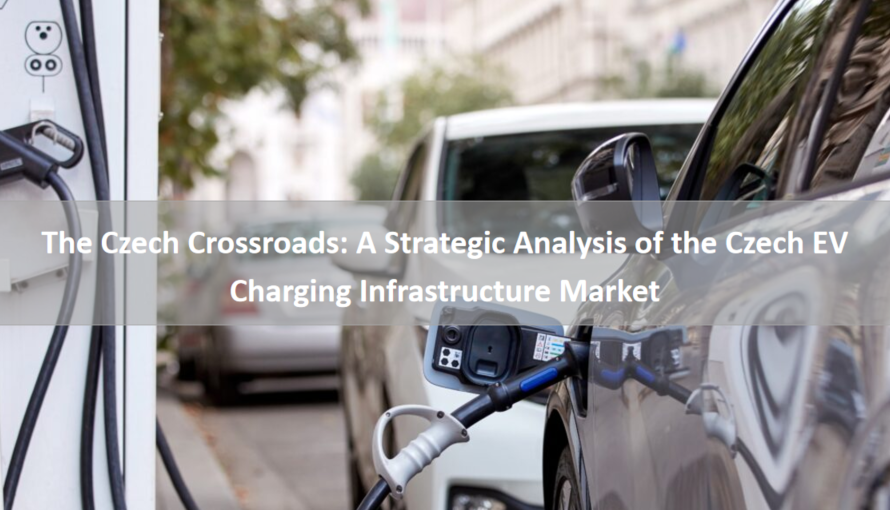
Electric vehicle (EV) charging stations work by supplying electrical energy to recharge the batteries of electric vehicles, a concept rooted in technology dating back to the 1800s. Over the past few years, your local gas station might have gotten an upgrade as EV charging stations pop up coast-to-coast, supporting the growing wave of electric vehicles merging onto highways toward 2030 and beyond. But how can the same electricity that powers your electric toothbrush silently propel a two-ton vehicle from 0–60 MPH? Here’s a detailed look at how EV charging stations function—and how companies like Anari are helping businesses adapt to this electrified future.
EV technology isn’t new. In the 1800s, early electric vehicles relied on racks of rechargeable fuel cells—essentially batteries—to spin their wheels and move forward. These pioneers could plug into the same electrical outlets powering lights and appliances in turn-of-the-century homes. Back then, when horse-drawn carriages dominated roads, inventors experimented with all sorts of propulsion: pedals, steam, batteries, and liquid fuel. EVs seemed poised for success—no bulky water tanks or noisy, fume-spewing engines required. However, a "century-long pitstop" ensued. The discovery of vast oil fields (like those in Texas) made gasoline cheap and widely available, while improved highways encouraged longer trips. Gas stations sprouted everywhere, but electricity remained scarce outside cities, handing gasoline the checkered flag as EVs faded for most of the 20th century.
Today, the fundamentals haven’t changed much: a plug connects to the vehicle’s charging port, drawing power from an electrical source. Modern advancements, however, have made the process faster, safer, and far more efficient.
Charging stations vary by power output and speed, categorized into three main types:
Battery size matters: more cells mean more range but add weight, requiring extra power to move; fewer cells lighten the load but limit distance and recharge speed.
Over 100 years after their debut, EVs are surging again. With over 18 million EVs in 350+ models projected by 2030, charging stations are expanding into far-flung locations. Gas stations, retail centers, and governments are investing heavily, turning old fuel stops into EV hubs. But this boom demands smart management. Businesses face a daunting task: juggling charger levels, manufacturers, and consumer demand in just a few years.
This is where companies like Anari shine. They offer end-to-end solutions—planning, deploying, testing, managing, and maintaining charging stations. Whether it’s apartments sparking up for residents, fleets scaling for taxis, or retail centers serving customers, Anari provides the tools and 24/7 support to keep stations humming. Their software helps businesses stay ahead, ensuring chargers meet demand without leaving anyone "in the dust."
Picture pulling your Tesla Model 3 into a Supercharger station. You plug in, the system authenticates, and up to 250 kW of power flows, adding 200 miles of range in 15-30 minutes—billed seamlessly to your account. Or, at home, your Level 1 charger slowly tops off your commuter EV overnight. From Victorian batteries to today’s high-tech stations, it’s all about harnessing electricity to move us forward.
Read more:
Top 10 EV Charger Manufacturers in the USA in 2025
Step-by-Step Guide: How to Install an Electric Car Charging Station







